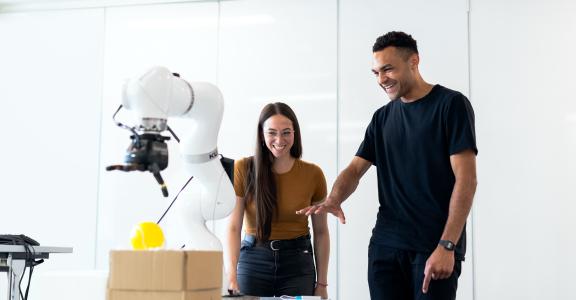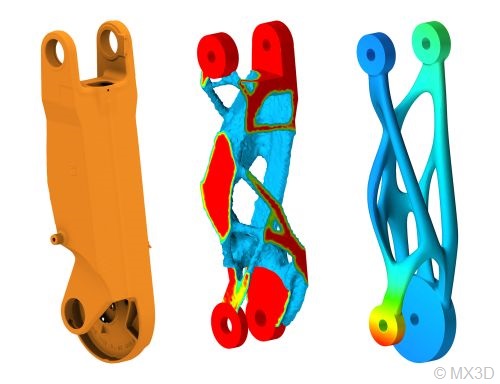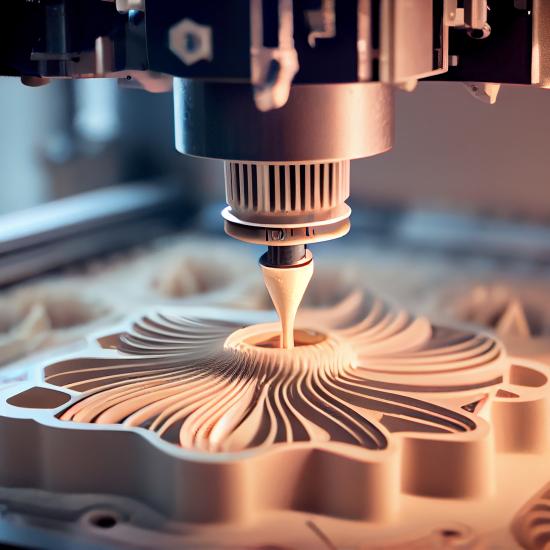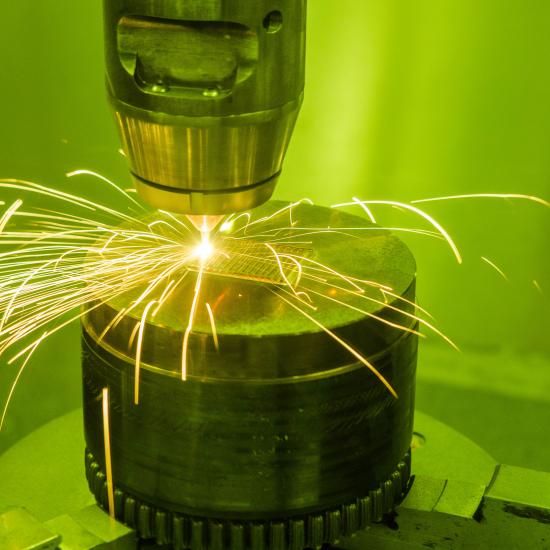Additive manufacturing - (AM) - or 3D printing technologies have soared in recent years. Thanks to this evolution, we can now design and produce parts with (superior) properties that cannot be made with classical production methods. If, as a result, the designer makes maximum use of his design freedom, a higher production cost may be more than justified: in the end, what counts is the total cost of ownership.
A concrete example of several superior features in a 3D printed product is a multi-functional chassis for electronic printing which combines minimum space and weight, maximum strength and a cooling function, as described in the following Thales success story.
For robotics and mechatronics additive manufacturing also opens up interesting possibilities. For example, printed structural parts (e.g. robotic arms) can make it possible to drastically reduce weight (up to 50 percent). Gamechanger is topology optimisation software that supports the designer’s task to achieve maximum strength at minimum weight. In addition, new additive manufacturing technologies offer possibilities to print larger (metal) structures (wire arc additive manufacturing - WAAM). MX3D and Altair recently presented a 3D printed industrial robotic arm for an ABB robot with a weight reduction of 50 percent (see figure above: a 3D model of the robotic arm from MX3D and Altair - source: MX3D).
Lighter (but sufficiently solid) parts in a mechatronic drive system or robot reduce, in addition to the static weight, mechanical inertia. As a result, they have the potential to reduce the cycle time of processes, increase load capacity and can help improve track accuracy and reduce energy consumption. For example, time savings (of a few hundred milliseconds) for each of the movement paths of a robot in a process can lead to shorter cycle times and thus more production capacity for the same machine. Think, for example, of a loading robot for an injection moulding machine: the faster it is unloaded, the more products can be produced per unit of time.
Sirris supports companies in the different aspects of innovation projects such as this one. Because of the scope of our knowledge domains and our unique combination of academic research and industrialisation know-how, we can support and assist you from A to Z.
In this respect, we can boast of the following relevant areas of expertise:
- Additive technology: : Sirris’ expertise bridges the gap between technology and industry and guides anyone who wants to take steps towards additive manufacturing: from feasibility studies to the integration of AM technology in your production environment.
- Mechatronics: based on cross-domain mechatronics we like to help you tackle your challenges in the field of drive technology, sensing, embedded processing (computing) and structural analysis (stability, vibrations,...)
- Smart and digital factory: Knowledge of the robot and cobot market, estimating the techno-economic feasibility of (flexible) robotisation/automation and setting up demonstrators in our labs are crucial to help customers make the right choices and to reduce/eliminate risks at an early stage.




